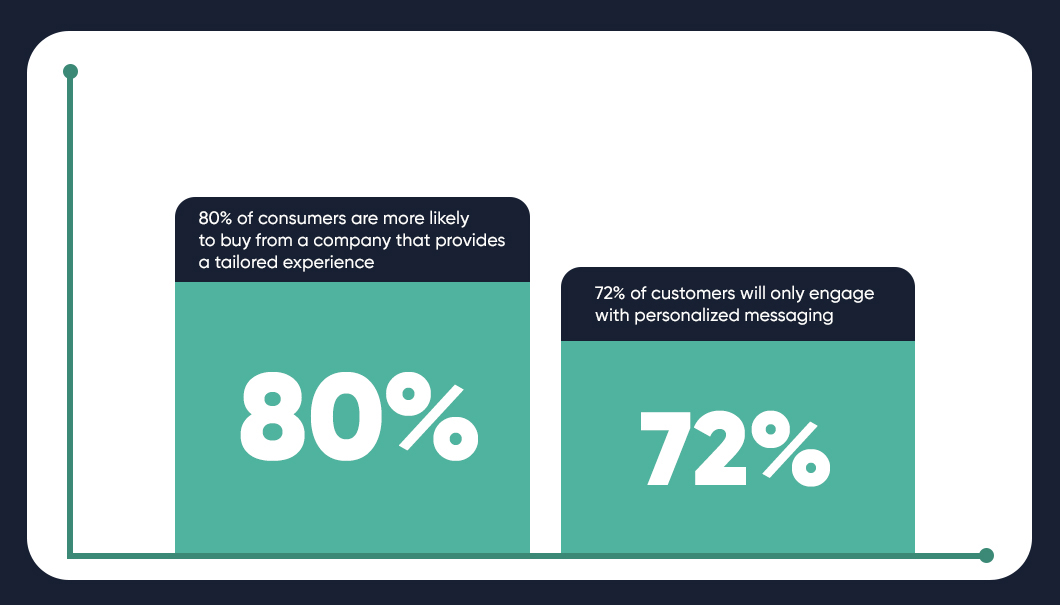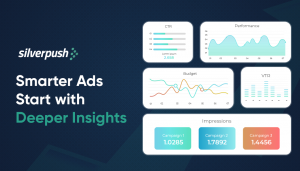The Role of Context in Advertising | 18 Sep, 2023

In the ever-evolving world of advertising, it’s not just what you say but where you say it that matters.
Consumer behavior is rapidly evolving due to which advertisers have been forced to take a deeper look at ways of their advertising. The ban on third-party cookies by the big browsers gave rise to a revolution in the advertising approach where advertisers have been adopting the age-old method which is Contextual Advertising.
In this blog post, let’s dive deep into the crucial role that context plays in advertising.
Understanding Context in Advertising
In the world of advertising, context refers to the environment or circumstances in which an ad is presented to the audience. This can encompass a wide range of factors, including the time, place, culture, and the specific audience the brand is targeting. Understanding context in advertising is vital for advertisers because it shapes the way people perceive and respond to their messages.
According to Nielsen research, consumers are more receptive to contextual advertisements when they are presented in relevant contexts. For instance, if an individual visits a sports website to check football scores, they may encounter advertisements related to football jerseys or local sporting events.
The advantage of contextual advertising lies in its focus on the content viewers are engaging with, rather than targeting specific individuals. This approach ensures that audiences receive advertising that aligns with the content they are consuming, reflecting their interests in the process. Furthermore, contextual advertising does not compromise user data, offering a practical and privacy-friendly solution in a world without cookies.
Contextually relevant ads help advertisers reach a wider segment of the audience as they target anyone who is engaged with the relevant content. Contextual ads leverage the already generated interest of the target audience which may trigger the user to take the desired action.
Since we have gained a foundational understanding of the concept, let’s dive into the benefits advertisers can gain with contextual ads.
Benefit 1: Context Ads and Cultural Targeting
Multicultural targeting has also gained significant popularity in recent times and one of the most significant aspects of multicultural targeting is cultural context. Different cultures have unique values, traditions, and beliefs that can significantly impact how advertising messages are received.
For instance, what might be humorous in one culture could be offensive in another. This further keeps advertisers on high alert to ensure their ads resonate positively with their target audiences.
Context in advertising can help advertisers target specific communities by tapping into the personas and passion points that resonate with them.
Benefit 2: Context and Personalization

When ads are relevant to the content consumed by the consumer it adds personalization for the consumer. 80% of consumers are more likely to buy from a company that provides a tailored experience and 72% of customers will only engage with personalized messaging. Contextually relevant advertising provides user with a personalized experience which increases the chances of their engagement.
The Contextual Solution: Mirrors
Silverpush a leading ad-tech organization, offers Mirrors technology.
The next-gen AI-powered technology offers a comprehensive web page with key context capabilities that encompass text, images, and videos. Powered by Natural Language Processing (NLP), it can identify keywords and categorize the content. Additionally, this AI-driven technology utilizes video to recognize elements within images.
Also Read: Silverpush Paves the Way in Revolutionizing Contextual Advertising with Generative AI Technology
Moreover, Mirrors employs semantic analysis to extract meaningful information from webpage content. This includes discerning emotions and identifying instances of sarcasm. The information extracted through this process plays a pivotal role in the delivery of tailored advertisements that are relevant to the content.
Conclusion
In the fast-paced world of advertising, context is the glue that holds it all together. Context-based advertising has emerged as a sustainable choice for advertisers in these evolving times where they have to deliver personalized ads without invading the privacy of the user.

BLOGS
Partner Spotlight: Alice Ovadia, VP of Media Strategy
Silverpush is excited to highlight TRUth for our Partner Spotlight this week. We caught up with Alice Ovadia, VP of Media Strategy at TRUth, to learn more about the agency and talked to her about her big predictions for the ad market in the coming years. Here’s what Alice said. 1. ...

BLOGS
Why Granular Insights Are Critical for Ad Campaign Optimization
When your ad campaign ends and the dashboard lights up with a “great” VTR or a CTR that’s above average, you celebrate, right? But then comes the pause. What actually made it work? Was it the creative? The audience? The time of day? The context of the video? Most platforms ...

BLOGS
YouTube CTV Advertising: Bigger Screens, Bigger Impact
YouTube has always been a powerhouse for brands looking to connect with audiences. With over 2 billion monthly active users, it’s a platform that reaches people everywhere, on their phones, tablets, and laptops. However, the way people watch YouTube today is very different from how it used to be in the ...







